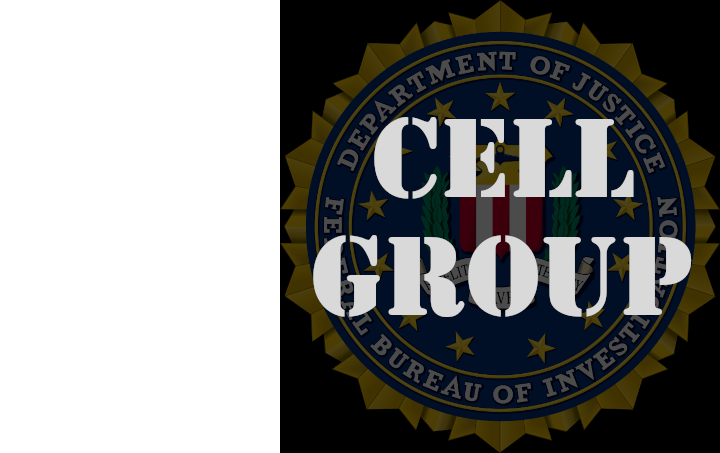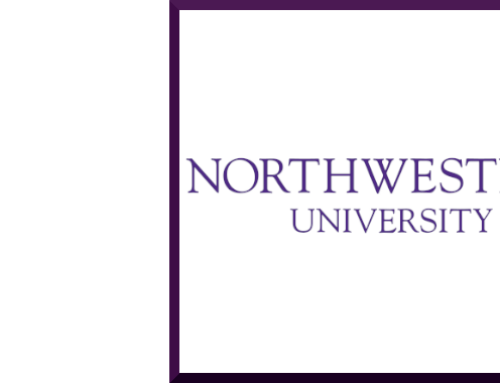On December 4, the House Report of the Committee on the Judiciary and Select Subcommittee on the Weaponization of the Federal Government released its findings on the FBI’s probe of Catholics.
How, and why, did the nation’s premier law enforcement agency become radicalized, portraying ordinary Catholics as the enemy? That is something that still needs to be answered, despite the yeoman efforts of this committee and subcommittee.
It is painfully clear that there is an anti-Catholic cell group within the FBI. Most alarming, even after the release of the evidence showing how compromised certain units in the FBI have become, the Report concludes that “the FBI still apparently desires to convey the outrageous message that some Catholic Americans with traditional beliefs pose a domestic threat to our country.”
Before examining the evidence in the Report, here’s a quick summation of what has happened. [Note: More on this subject will soon be released.]
We first learned of the anti-Catholic FBI caper in February when whistleblower Kyle Seraphin disclosed a startling memo produced by the Richmond Field Office: it revealed an investigation of traditional Catholics. In February, the House Judiciary Committee began its own investigation into this matter.
On February 9, I made public my concerns. I was not convinced that the FBI was limiting its probe to “Radical-Traditional Catholics.” I raised two questions: “What’s next? Will it be a war on Catholics who are orthodox?”
My hunch proved to be right. The FBI subsequently said that “mainline Catholic parishes” and “local diocesan leadership” were selected for investigation. Consequently, I wrote to FBI Director Christopher Wray asking him to release those documents that pertain to this issue. He did not reply. But we did not give up.
After Jordan subpoenaed Wray on April 10, the FBI finally turned over 248 documents, many of which were redacted. On July 12, Wray testified before Jordan’s committee. He said that the entire Bureau probe of Catholics was contained to the Richmond Field Office. He agreed to send documents that were less redacted.
Not satisfied with his response, I wrote to Jordan on July 24 asking him to find out why ordinary Catholics were being investigated; the letter was emailed to his staff the same day.
On July 25, the FBI finally handed over a version of the documents with less redactions. Importantly, it was learned that its actions were not limited to “a single field office,” as Wray had testified: Milwaukee, Los Angeles and Portland offices were involved.
I wrote to Jordan again on July 26, August 10 and September 21, proposing a series of questions that Wray should have to answer.
The Report notes that on October 27 the FBI released another 261 pages of documents. It also noted that “the FBI has failed to produce the names of the FBI employees who were involved in drafting, reviewing, approving, or disseminating the memorandum.”
While other field offices assisted the Richmond Office, the Report found that the greatest delinquency was committed by Richmond employees. For example, though the memo was peer-reviewed by other employees at the Richmond facility, none had expressed any concerns, constitutional or otherwise.
Interestingly, they relied on the advice of an analyst “who had completed two years of Catholic seminary.” While most young men in recent times who have studied for the priesthood are good men, some of those who have dropped out of the seminary have been very troubled individuals, thus calling into question their judgment on these matters. So it is not reassuring to learn that an ex-seminarian was asked for his input.
The Report criticized the process as a “rubber-stamp review,” one that received the blessings of the top lawyer involved. He said the memo “look[ed] good” and that there were “no legal issues.”
When the memo was leaked to the public, the FBI—on that same day—withdrew it. Not only that, “everything associated with the memorandum” was deleted and “removed from the site’s recycle bin.”
What was the end goal? The purpose of the memo was first to “engage” the Diocese of Richmond. Then it was poised to expand its reach nationwide. It was revealed that “the FBI had plans for an external, FBI-wide product based on the Richmond memorandum.” Meaning, as the Special Agent in charge of the Richmond Field Office put it, that the memo “could be [used] to inform…other intelligence analysts across the country.”
This should be the focus of new hearings—it is the most alarming finding in the Report.
This is striking on another level: after the memo was withdrawn, the FBI blamed the Richmond Field Office for everything.
It’s important to realize that the FBI was never interested in investigating dissident, left-wing Catholics. No, the only ones on their radar were those who are “pro-life, pro-family, and support the biological basis for sex and gender distinction as potential domestic terrorists.”
That’s right. The FBI sees as potential domestic terrorists those who defend the life of the unborn, those who prize the family, and those who believe that we cannot change our nature-determined sex as male or female.
There is an anti-Catholic cell group in the FBI. It needs to be purged.







